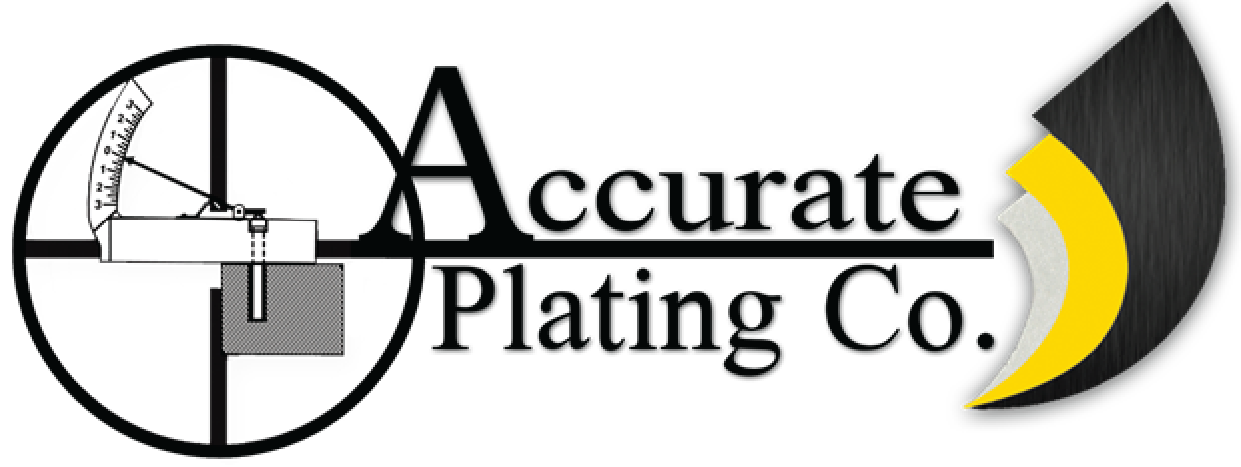Metal plating provides many benefits to products made from metal and other materials. Plating is a manufacturing process in which a thin layer of metal coats a substrate. This can be achieved through electroplating, which requires an electric current, or through electroless plating, which is in autocatalytic chemical process. In either case, the technique results in one or several of the following benefits:
Improved corrosion resistance
Decorative appeal
Increased solderability
Enhanced strength
Reduced friction
Altered conductivity
Enhanced paint adhesion
Increased magnetism
Chrome Plating
Chromium plating often serves a merely decorative purpose, but can also foster heightened corrosion and friction resistance. Chromium most often plates nickel in the production of furniture and automotive trim products. Iron and steel are other common substrates of chrome plating, but usually require the use of a copper strike to provide proper deposition.
Chrome plating is an electroplating process that most often involves the use of a chromic acid known as hexavelent chromium. Trivalent chromium baths, which consist largely of chromium sulfate or chromium chloride, are another option for industrial purposes.
Gold Plating
Gold is prized for its high resistance to oxidation and electrical conductivity. Gold plating, which differs from gilding in that the gold is not a foil, is one of the simplest ways to impart these characteristics on metals such as copper and silver. The process is often used for jewelry decoration and for improving conductivity of electronics parts such as electrical connectors.
When gold plating copper, tarnishing is an issue and can most easily be resolved by preceding deposition with a nickel strike. Also consider hardness and purity of the gold when determining factors such as optimal bath mixture and length of immersion.
Silver Plating
Like gold, silver is used in plating applications that call for decorative appeal and improved electrical conductivity. In general, silver serves as a more cost-effective plating solution because it is cheaper than gold and plates copper well.
Issues that may limit silver plating as a viable plating solution include humidity and galvanic corrosion. Specifically, silver plating does not work well for applications that are subjected to high humidity because silver is prone to cracking and flaking, which may eventually expose the base substrate.
Nickel Plating
Nickel plating is a popular plating metal, especially because it’s useful in electroless plating. Nickel plating often coats household products such as doorknobs, cutlery and shower fixtures for enhanced decoration and wear resistance. Nickel plates commonly bond with copper and aluminum, but also work on a wide variety of metals.
In electroless plating, a nickel phosphorous alloy is used. The percentage of phosphorous in the solution can vary between two and 14 percent. Higher levels of phosphorous enhance hardness and corrosion resistance. Lower levels of phosphorous allow higher solderability and magnetism.
Copper Plating
Copper is another popular plating metal for applications that require high conductivity and cost efficiency. Copper plating often serves as a strike coating pretreatment for subsequent metal platings. It is also a popular plating metal for electronics components such as printed-circuit boards. High-plating efficiency and low material cost make copper one of the less expensive metals to plate with.
There are three types of copper plating processes—alkaline, mildly alkaline and acid. Higher alkaline levels deliver superior throwing power, but require lower current densities and enhanced safety precautions. Health inspectors have linked cyanide in alkaline copper baths to certain health hazards, so it’s important to monitor these levels.
Rhodium Plating
Rhodium is a type of platinum that provides tarnish resistance, scratch-resistance and a shiny, white lustrous appearance. Rhodium plating is also common in jewelry production, especially in situations where white gold requires plating. Silver, platinum and copper are also popular base metals for rhodium plating.
One downside of rhodium plating is that the protective barrier of rhodium will eventually wear away in applications that are subjected to high levels of wear. This can eventually lead to discoloration, and will likely require a second round of plating after a few years.
Zinc Plating
Zinc plating is commonplace in the automotive industry. Zinc deposition resists oxidation and corrosion well, and, as such, vehicle bodies are traditionally zinc plated, as are nails and other metallic products that are prone to rusting. Zinc plating is often associated with the galvanizing process. In fact, electroplating of zinc is often called electro-galvanization.
Cadmium Plating
Cadmium plating improves paint adhesion, lubricity and corrosion resistance. A major benefit of cadmium over other plating metals is that adequate wear protection can often be achieved with minimal plating thickness. Major industries that use cadmium plating include the aerospace and military defense industries. Cadmium can be effectively plated on nearly all conductive metals.
Tin Plating
Tin can be effective for applications that require non-toxicity, high ductility, good solderability and improved resistance to corrosion. These advantages are most helpful in the electronics industry and food processing industry. Tin plating is commonly used on non-ferrous metals such as copper and nickel. Many ferrous metals can also be tin-plated.
Tin plating results in products that vary from matte gray to bright white, depending on the process used. The two types of tin plating are electrodeposition and hot dipping. Alloys such as brass or copper are often added to improve solderability or achieve a desired visual effect.

